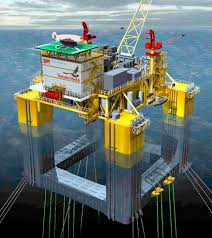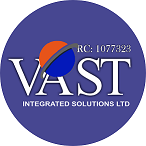SACS Offshore Structural Design

About Course
Course Description
[Achieve Offshore Structural Design, Analysis & Detailing Engineering Excellence]
SACS (Structural Analysis Computer System) is a finite element structural analysis suite of Programs for the offshore civil and structural engineering industries. SACS is an integrated suite of software that supports the analysis, design and fabrication of offshore structures, including oil, gas, wind farms and topsides of FPSOs and floating platforms. Its ability to dynamically iterate designs allow users to perform advanced analysis, comply with offshore design criteria and visualize complex results.
The training program is designed to provide engineers and other professionals with the knowledge and skills required to effectively use the software to perform offshore structural design and analysis, improve infrastructure operational safety and minimize risk and ensure compliance for a broad range of offshore structures.
SACS has applications for all types of offshore structures and vessels like:
- Fixed platforms
- Compliant tower
- Floating production platforms
- Tension leg platforms
- Semi-submersible
- SPAR
Course Highlights
Upon completion of this course, attendees should be able to perform:
- Offshore Structures
- Perform SACS Modeling
- Topsides Components: Deck, Cellar Deck, Mezzanine, Drain, Flare Booms, Helideck Design etc.
- Loading in SACS: Structure Dead Load, Equipment Loads, Crane Loads, Drilling Loads, Helicopter Loads, Wave and Current Loads, Pre Service Load etc.
- Analysis : Inplace Analysis, Load out Analysis, Lifting Analysis, Transportation Analysis, Launch Analysis, Seismic Analysis, Collapse Analysis etc.
Course Benefits
- Save time and create high-fidelity models for each phase of the design process from initial stage through to final design, and redesign for lifecycle extension.
- Simplify management and analysis of complex models through automated structural Workflows
- Improve the analysis and design process for all types of offshore structures using SACS integrated, offshore-specific capabilities.
- Ensure compliance with comprehensive offshore design code coverage in SACS Offshore Structure.
- Improve design for operational safety through ship impact and dropped object analysis, and minimize risk through offshore-specific load generation.
- Visualize complex structural response via interactive graphical review of analysis and fatigue
- Improve design quality and predict offshore structural performance using a unified analysis environment that enables the efficient exploration of alternatives
- Streamline processes with automated structural workflows to apply specialized analyses essential to any offshore project, including:
- Nonlinear structural analysis
- Dynamic response analysis due to environmental load
- Impact effects analysis
- Severe accidental loadings analysis
Prerequisite
No previous experience with SACs is necessary, but a general knowledge of AutoCAD is an advantage. Participants are expected to have basic structural design engineering knowledge.
